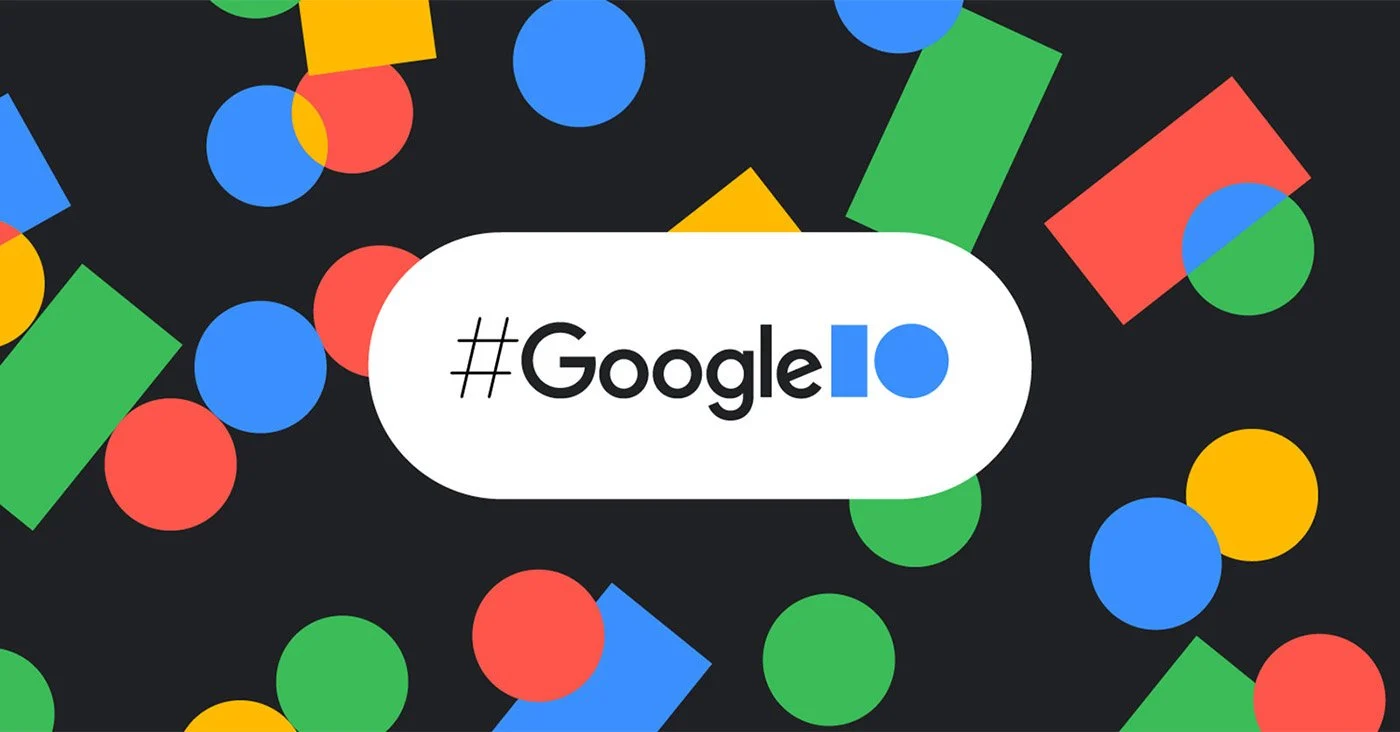
As we navigate the ever-evolving landscape of design, it’s exciting to see technology advancing at an unprecedented pace. Google’s recent I/O conference was a game-changer, showcasing AI innovations that have me buzzing with anticipation. In this post, I’ll delve into the most significant announcements and explore how they can transform our design practices.

“Unlocking Design Productivity: The Power of Gemini AI in Google Workspace”
Imagine having an intelligent design partner that can anticipate your needs, streamline your workflow, and enhance your creative process. That’s what Google’s Gemini AI advancements bring to the table with its integration into Google Workspace.
With Gemini 1.5 Pro, you’ll have a general-purpose assistant at your fingertips, capable of fetching information and performing tasks across Docs, Sheets, Slides, Drive, and Gmail. This means you can focus on high-level design decisions, rather than getting bogged down in tedious administrative tasks.
As designers, we’re always looking for ways to boost our productivity and creative flow. With Gemini AI’s enhanced translation, reasoning, and coding capabilities, you’ll be able to work more efficiently and effectively, whether you’re crafting a complex UX design or collaborating with teammates on a project.
This integration has the potential to revolutionize the way designers work, allowing us to tap into the power of AI-driven automation and focus on what matters most: creating innovative designs that delight and engage users.

“Scam Detection 2.0: Designing for Trust”
The scourge of online scams has been a persistent challenge, but Google’s AI-powered scam detection in Android 15 is a significant step forward in ensuring user safety. As designers, we can use this feature to create more intuitive interfaces that educate users about online threats and empower them to make informed decisions.
This innovation also opens up new possibilities for creating design experiences that prioritize trust and security. Imagine designing interfaces that warn users of potential scams or phishing attempts, giving them the confidence to navigate the digital world with greater ease.

“Multimodal Design: The Future is Visual (and Audio, and Text…)”
Google’s Project Astra takes multimodal design to a whole new level. This technology has the potential to blur the lines between digital and physical spaces, allowing us to create innovative interfaces that respond to users’ visual preferences.
As designers, we can use this feature to craft more immersive experiences that tap into users’ emotions and motivations. Imagine designing interfaces that recognize and respond to users’ facial expressions, voice commands, or even hand gestures!

“Google Photos: The Power of Visual Discovery”
The integration of Gemini into Google Photos with the introduction of ‘Ask Photos,’ a chatbot assistant designed to answer queries regarding users’ galleries, raises exciting possibilities for our design practices. This feature has the potential to revolutionize how we approach visual discovery and storytelling.
As designers, we can use this technology to create more personalized and context-aware design experiences that tap into users’ visual preferences. Imagine designing interfaces that learn from users’ photo-taking habits and offer them relevant suggestions or even creative prompts!
“The Future of Design is Now”
Google’s I/O conference has left me feeling exhilarated about the future of our craft. As designers, we’re poised to play a crucial role in shaping this vision! By embracing AI and exploring its applications in our industry, we can create more intelligent, intuitive, and engaging design experiences that transform the way people interact with technology.
What are your thoughts on these innovations? How do you see AI impacting the design industry in the years to come?
 Google I/O 2024: How Google’s AI Innovations are Revolutionizing Design
Google I/O 2024: How Google’s AI Innovations are Revolutionizing Design